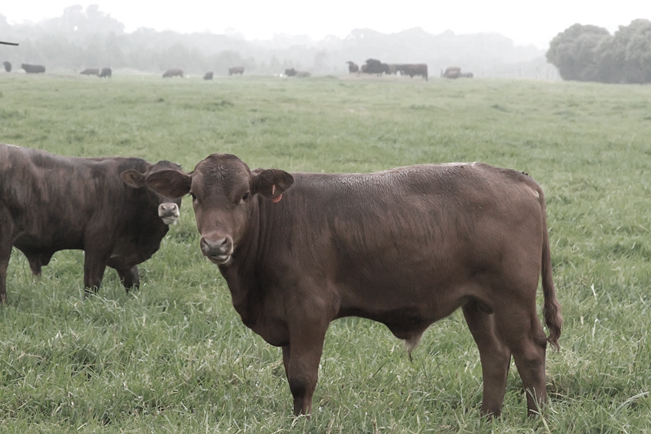
Assessing the economic impact of the South African beef genomics programme
Purpose of the study
In 2017, TIA appointed Nova Economics to provide an independent and objective assessment of the social and economic impact the BGP could have over its envisaged 13-year funding lifecycle. The aim was to assess how well the South African BGP is expected to perform over the appraisal period. The objective of the study was to produce an economic cost‐benefit analysis of the overall investment by all contributors to the BGP programme including the Technology Innovation Agency (TIA).
Background and context
Advancements in DNA sequencing and genotyping technology have made it possible to augment conventional livestock breeding and performance management programmes with genomic information. The main economic rationale for using genomic information in cattle breeding programmes is that it allows a breeder to assess an animal’s genetic merit for economically important traits (those that impact productivity and profitability) much more accurately, and much sooner, than using conventional performance measurements..
The South African Beef Genomics Programme (BGP) was established in 2015 and at the time of the study, was reaching the end of the first three-year phase of its programme life cycle. Activities undertaken in the first three years of the BGP laid the foundation for an accelerated, long-term, sustainable programme for genomics and genetic improvement of South African beef cattle breeds. The overall objective of the BGP is to improve the competitiveness and sustainability of beef production in South African and to increase the capacity of the industry to produce high-quality beef for local consumers.
Approach to the study
The economic evaluation of the BGP took the form of a cost-benefit analysis (CBA). CBA is framework for comparative economic analysis that provides a comprehensive assessment of the future streams of costs and benefits associated with a particular investment project or programme, relative to a counterfactual scenario (alternative project or a ‘no project’ scenario).
The CBA model for this study wasbased on the Australian Cooperative Research Centre (CRC) impact tool, developed to provide comparative assessments of a range of government funded research initiatives. The CRC impact tool is structured to capture the activities, outputs, usages and impacts of each research programme while factoring in the probabilities that these take place. The impact tool built during this study is based on the logic of the Australian CRC tool but has been adapted to cater better to the structure of the SA beef industry and the activities of the BGP.
Key Findings
The results of our cost-benefit analysis presented a positive economic case for continued public and private investment in the South African BGP. The Benefit-Cost Ratio (BCR) awas 3.1, meaning the present value of future benefits generated by the programme will be three times the costs (excluding the potentially significant, but difficult-to-quantify programme impacts of improvements in meat quality and skills capacity). Furthermore, the total investment of R834 million over ten years was expected to yield at least R2.65 billion in benefits under a set of relatively conservative assumptions about uptake by various breeds, and the accelerated rate of genetic improvement. The programme will therefore deliver significant net economic benefits – the Economic Net Present Value (ENPV) of the project is R1.789 billion. The Economic Internal Rate of Return (EIRR), which indicates the annualised return of the project, was 18.70%.
The expected benefits to the BGP Programme for the South African beef industry can be summarised as follows:
- Improved fertility leading to increased throughput and profitability for commercial farmers.
- Improved maternal ability, calf survival and calf fitness leading to increased throughput and profitability for commercial farmers.
- Higher feed and growth efficiency resulting in increased profitability for feedlots.
- Improved carcass traits and meat quality.
- Development of specialist beef industry skills capacity
Impact and outcomes
As TIA note in their 2017/18 Annual report, the results of our cost-benefit analysis supported the continuation of funding for the Beef Genomics Programme. The study showed that the planned investment in genetically enhanced breeding values for beef cattle would have a significant, positive impact on the industry and the South African economy at large. The TIA note in their 2019/20 annual report that the TIA currently contribute 30% of the total funding for the Beef Genomics programme while industry partners contribute 70%. The study was also key to demonstrating the value of the programme to members of the industry, who the TIA note will be responsible for funding 100% of the programme costs beyond the second phase.
